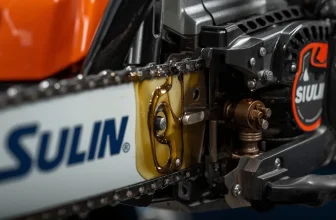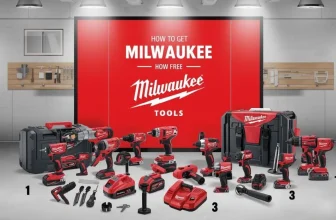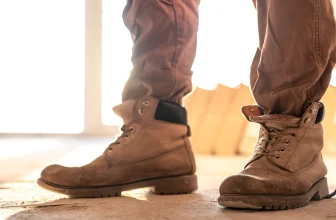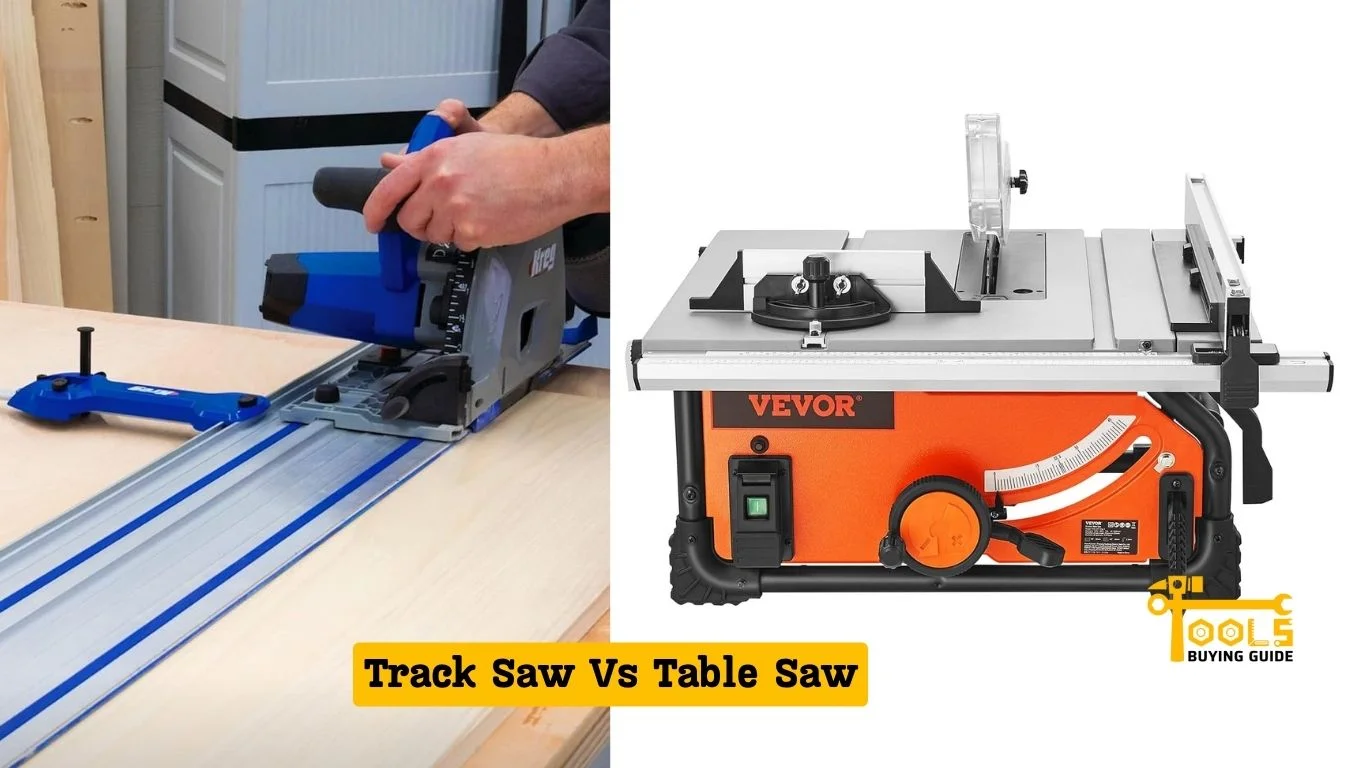
Woodworking is an incredibly rewarding and versatile craft. It’s no wonder table and track saws are popular tools for woodworkers of all skill levels. You can create virtually any cut with a table or track saw, and both provide excellent results. But which is better for your project, table saw vs track saw?
In this blog, we’ll delve deep into the world of woodworking machines, focusing on two of the stalwarts of the craft: the table saw, and the track saw. We’ll look at their similarities and differences and which is best for your project.
Whether you’re a DIYer or a contractor, we’ll help you make the best decision for your project. Let’s dive deeper into the track saw vs table saw debate and determine which tool is best for you.
What is a Table Saw?
Before we dive into the differences between a table, saw, and track saw, let’s explore what a table saw is and how it works.
A table saw is a stationary power saw usually features a motor-driven circular saw blade. The table saw blade is mounted on an arbor driven by a motor. The arbor’s rotation allows the blade to spin and cut through wood or other materials.
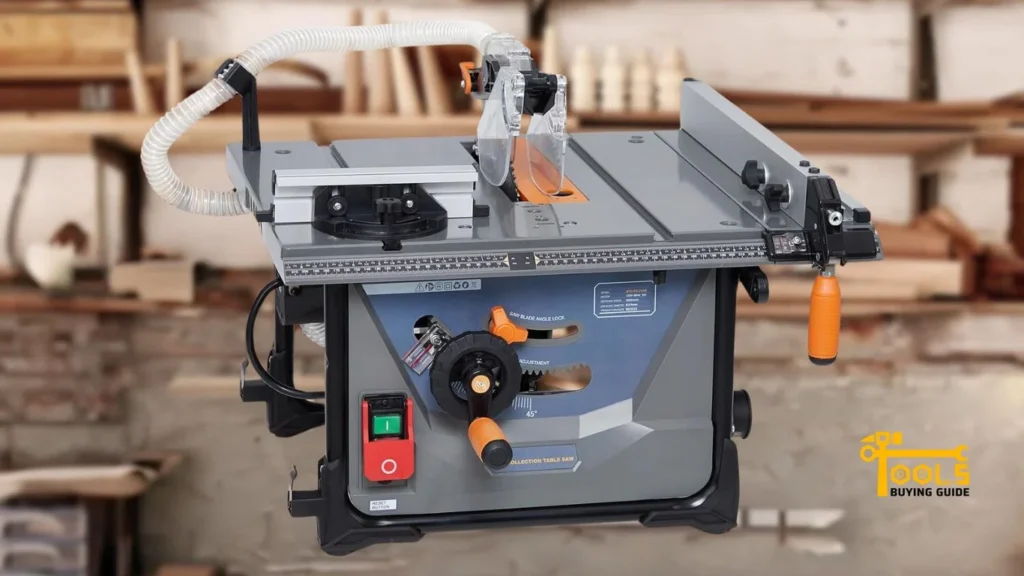
Read More: Best Router Tables
Table saws come in various sizes and designs, from small benchtop saws to larger stationary machines. The most common type of table saw is the contractor style, which features a large table with an adjustable fence. This saw type can be used for ripping, crosscutting, and angled cuts.
You can also use a table saw for making miter cuts and bevels. The blade of the table saw can be angled to make beveled or angled cuts on the wood. This type of saw is perfect for making complicated cuts that require precision and accuracy. However, the downside to using a table saw is that it takes up more space and may require additional safety measures such as guards or fences.
What is a Track Saw?
Track saws, also known as plunge saws, are portable saws that use a track system to guide the blade. This saw is designed to provide a level of accuracy and precision. The track system allows for smooth and precise cutting of curves, angles, and straight lines. It also is very portable, making it great for contractors who work on different job sites.
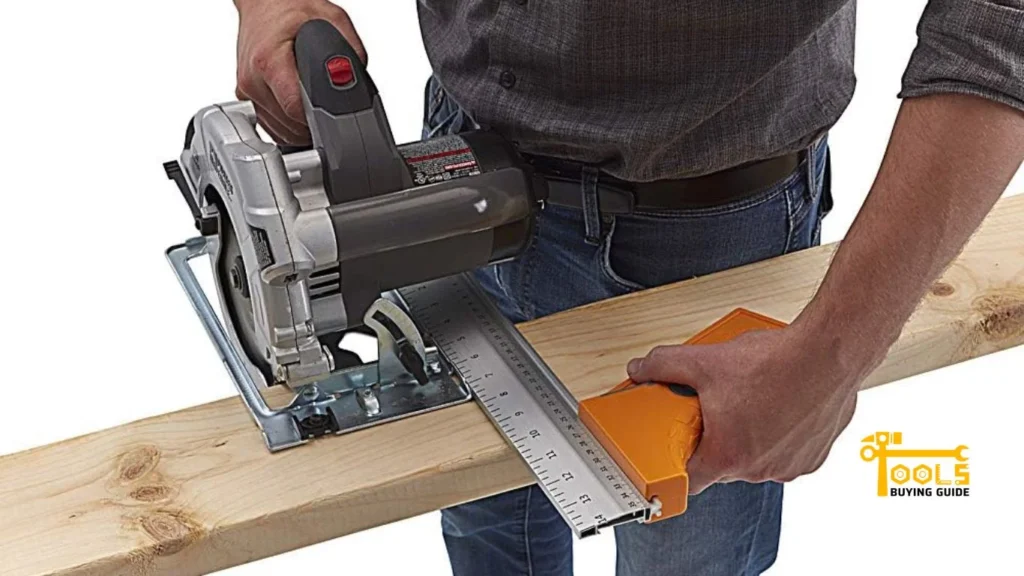
Read Also Top 5 Best Track Saws Powerful and Portable
You can also use a track saw for cutting plywood or other materials. The blade of the track saw is designed to cut through thicker materials, so it is often used in projects that require thicker materials. To further increase accuracy, the track saw table also has a dust extraction system to keep your workspace clean. This feature makes it perfect for working with materials that produce large amounts of dust.
What is the Difference Between a Table Saw and a Track Saw?
While both the table saw or track saw are invaluable tools for woodworking, there are some key differences to consider when deciding which one is right for you. Here are some of the main differences between a track saw or table saw:
Design
Table saws are more powerful and can handle bigger projects. On the other hand, track saws have much smaller motors that may struggle to cut through thicker materials. Table saws also occupy much more room in your workshop, while track saws are much more compact and portable.
The design of a table saw makes it more difficult to set up and use than a track saw. Table saws are permanent fixtures in your workshop. The design of the track saw makes it perfect for cutting shortcuts in tight spaces, while table saws require a larger work area.
Winner: Track saw
Performance
Table saws are much more powerful and can handle tougher materials but require more setup time. Track saws, on the other hand, are more lightweight and easy to set up, but they may not be able to cut through thicker materials. Table saws have a larger blade capacity and can make wider cuts than track saws, making them better for bigger projects.
Winner: Table Saw
Portability
The more obvious difference between these two saws is that the table saw is stationary and requires a larger space. At the same time, a track saw can be taken with you wherever you need to go. The size and portability of the track saw make it preferable for those who move around frequently, like contractors or DIYers. You can easily transport a track saw to the job site and set it up quickly.
Winner: Track Saw
Safety
Safety is paramount when it comes to operating power tools like table saws and track saws. Table saws have a lot of power and can be dangerous if not used properly. Track saws are much more lightweight, making them less intimidating to operate.
They also have a built-in dust extraction system to free the workplace of airborne sawdust and debris. Table saws require extra caution when setting up because their blades can spin at very high speeds. However, they have safety features, such as riving knives and guards that prevent kickback.
Winner: Track Saw
Accuracy
Table saw, and track saw provide different levels of accuracy. Table saws are designed for precision and can make precise cuts, but they require much setup time. Track saws are much quicker and easier to set up but may not be able to make as precise of a cut. For DIY projects, a table saw track is the better choice if you need to make more complicated cuts. Track saws can easily handle quick and easy tasks but may not be able to handle the more intricate cuts that a table saw can do.
Winner: Table Saw
Capacity
The capacity of a track saw is smaller than that of a table saw, but they both have the ability to make wide and long cuts. Table saws often come with a large rip fence, which can guide the material for longer or wider cuts. Track saws usually have a much shorter track length, so they are better suited for shorter and narrower cuts.
Winner: Table Saw
Table Saw and a Track Saw for DIY Projects
A table and track saw are great tools for DIY projects, but each has advantages and disadvantages.
Table saws offer more power and accuracy when making cuts, while track saws provide portability and safety features that make them better suited for the job site. A table saw is the best option for DIYers who need to make precision cuts regularly.
A table saw is perfect for cutting large pieces of material quickly and accurately. However, it can be difficult to transport a table saw from one job site to another due to its size and weight.
For DIYers who need something small and portable that still offers precision, a track saw is an ideal choice. DIYers can use a track saw to make cuts in tight spaces that would be difficult with a table saw. These projects include making cuts in corners or on countertops, as track saws are small and lightweight enough to maneuver around tighter spaces easily.
The blades of a track saw can also be adjusted for different depths of cut so that DIYers can make accurate cuts even with thicker materials.
Table Saw and Track Saw for Contractors
Table saws and track saws are both invaluable tools in the construction industry.
For contractors needing to make precise, long cuts, a table saw is invaluable. However, its size and weight can be difficult to transport from the job site to the job site.
On the other hand, a track saw is much more portable and can be easily taken from site to site. It’s lightweight and easy to set up, making it perfect for jobs that require quick setup time. Track saws are also great for cutting smaller pieces of material that a table saw may not be able to handle. Contractors can also use track saws to make angled and beveled cuts that would otherwise be difficult with a table saw.
For contractors who need more versatility and portability on the job, a track saw is the better option. With its lightweight and easy setup time, a track saw can help contractors get through their projects faster and more accurately. Plus, they can be used for various tasks like making angled and beveled cuts and curved and rounded corners.
Table saws offer more power for larger projects, but track saws are the better option for smaller jobs. Track saws offer great portability and safety features, making them an invaluable tool for contractors needing precision and accuracy. Table saws are great for making cuts on thick materials like plywood. For paneling and other thin material, track saws are much easier to use as they can be used on the edge of the material.
Table saw Vs Track Saw for Angled Cuts
Track saws are great for making angled cuts as they can be adjusted to the exact angle needed. You would need an extra accessory, like a miter gauge, to make angled cuts with a table saw. A track saw is also easier to cut at an angle since it offers more control over the material than a table saw would.
Additionally, track saws offer a more accurate cut when compared to table saws. Table saws can create small inconsistencies in the wood, but track saws are great for making cuts with precision and accuracy.
Table Saw Vs Track Saw for Bevel Cuts
Track saws are slightly more accurate in making bevel cuts than table saws due to the precision of their cutting blades. Table saws also require an accessory, such as a jig, to make bevel cuts. Table saws also can cut thicker materials. Track saws are usually not recommended for use on material over 1 inch thick. Overall, when making bevel cuts, both table and track saws offer great accuracy and precision.
Table Saw Vs Track Saw for Rip Cuts
Table and track saws are great tools to make rip cuts, but they have differences.
Table saws offer more power and greater accuracy when making rip cuts. They also have more features, such as a rip fence which helps guide the material when making wide and long cuts. Track saws, on the other hand, offer portability and safety advantages. The track saw blades can be adjusted for different depths of cuts, making it easier to make precise cuts with thinner material. You can also make cuts in tight areas that a table saw wouldn’t be able to access.
Table saw Vs Track Saw for Cross Cuts
The rip cuts are like jigsaw puzzles, but cross cuts are like cutting a piece of paper in half. Both table and track saws can be used to make cross-cuts, but they have some differences.
Table saws offer more power and control due to their larger size when making cross cuts. The blade has a wider range of movement, allowing you to cut thicker material more accurately. Track saws have less power but are still great for making precise crosscuts.
Track saws are great for making curved and rounded corners, something a table saw cannot do. To get the job done quickly and accurately, track saws are ideal. However, for thicker materials, table saws are ideal for making cross-cuts on thicker materials.
Table Saw and Track Saw for Cutting Plywood
Both table saws and track saws are great for cutting plywood. Table saws offer more power and a wider blade range, allowing you to make long cuts easily. Track saws are also ideal for cutting plywood since they can be used on its edge, which is impossible with a table saw.
Furthermore, track saws offer more safety features making them ideal for DIY projects. Track saws also offer higher accuracy when making cuts on plywood, which is important when working with this material.
When deciding between table saws and track saws for cutting plywood, it depends on the job at hand. For example, a track saw may be the better option if you need maximum control for making curved and complex cuts. On the other hand, if you need to make long and straight cuts with a lot of power behind them, then using a table saw is probably your best bet.
Frequently Asked Questions
Table saws can make deeper, more powerful cuts than track saws due to their larger size and power. They are also good for cutting thicker materials like plywood and hardwood. On the other hand, track saws offer more portability and accuracy when making smaller pieces of material.
If you need maximum control and accuracy, a track saw may be better than a table saw. However, if you need to make large and powerful cuts on thicker materials, a table saw is probably your best bet.
For smaller cuts, track saws are ideal. They offer portability and accuracy that table saws cannot provide. Table saws are the better choice for larger, more powerful cuts on thicker materials. It depends on the job at hand and which saw is best suited to it.
A track saw may be better than a table saw if you need more accuracy and precision when making smaller cuts. Track saws offer safety features like an adjustable depth stop that table saws cannot provide.
The main disadvantage of track saws is that they do not have as much power as table saws. They are also limited to making cuts on thinner materials and cannot make wide or long cuts like a table saw can. Additionally, track saws can be more expensive than table saws since they require additional accessories like a track and guide rail.
Conclusion
To conclude, table saw vs track saw is a close call regarding cutting and accuracy. Table saws are great for making wider and deeper cuts, while track saws are ideal for precise and detailed cuts. Depending on the job, either tool can be used effectively to get the job done.
When deciding which tool to use, consider what type of cut you need, the power required, and your budget. Ultimately, both tools offer advantages and disadvantages, so choose wisely and get the job done right.


